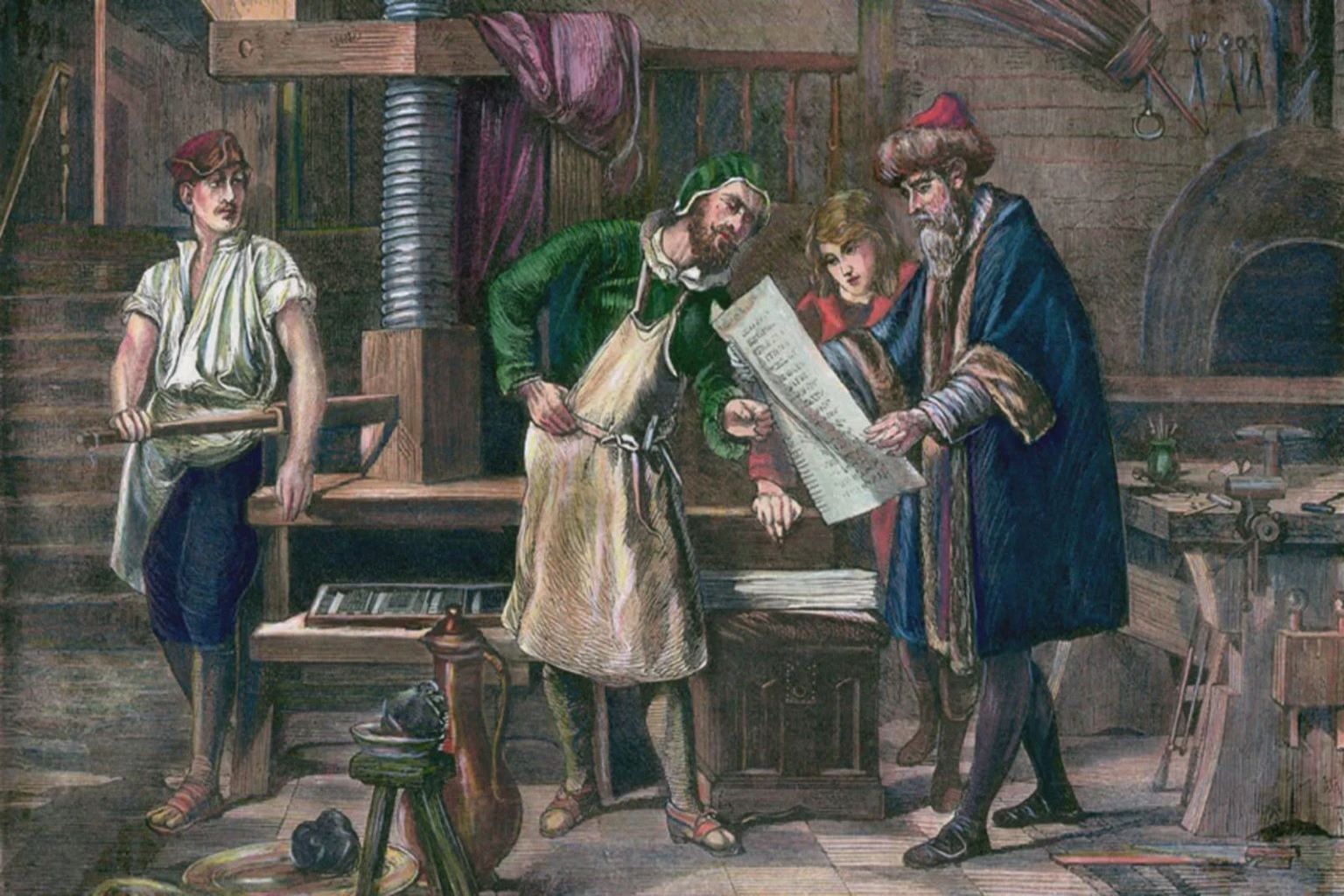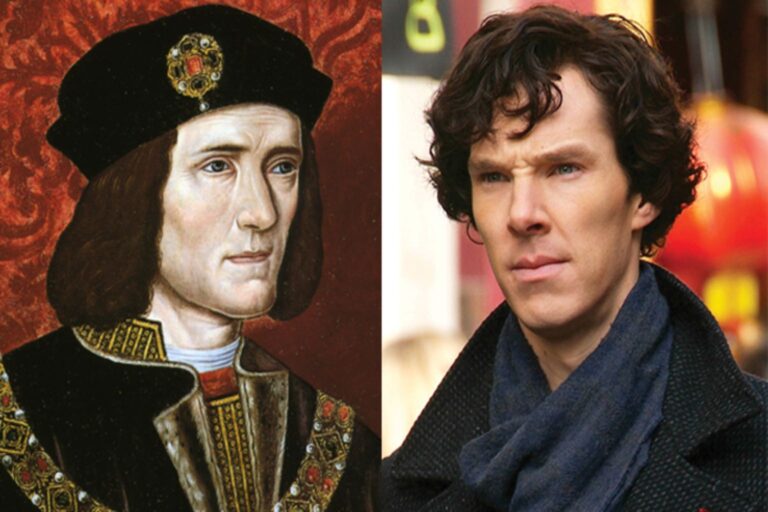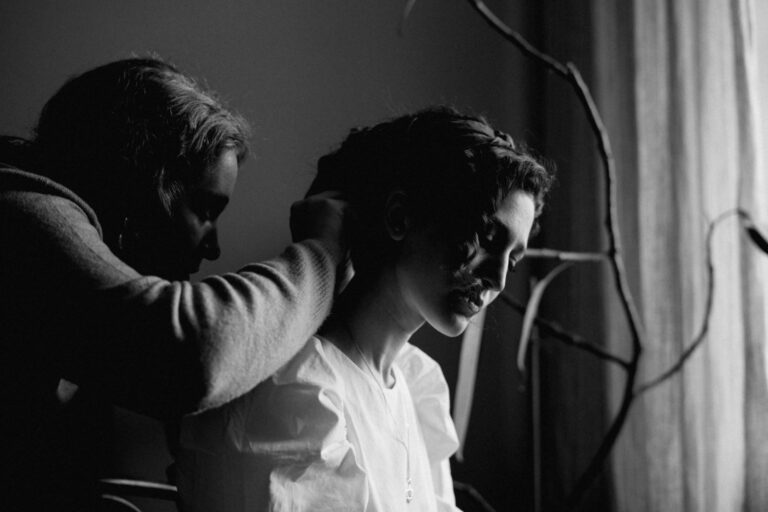History doesn’t always move with noise. Sometimes it enters quietly, through a sketch, a tool, or a question left unanswered for too long. The Renaissance was not a sudden leap, but a slow unfolding. It stretched across centuries, touching the edges of science, art, and philosophy, and stitched new rhythms into the way the world thought and moved. It began in scattered places: Florence, Venice, Nuremberg. It grew through letters, ideas, and inventions that echoed far beyond their origin.
This was a time when the mind, long silenced by dogma, stirred awake. When hands built more than tools, they built meaning. It was an age shaped not only by the genius of individuals but by the quiet evolution of human intention. And in its wake, the Renaissance left us with more than paintings and poems. It gave us ideas we still hold, technologies we still depend on, and visions that continue to guide us.
Let us explore five inventions of the Renaissance, creations so quietly powerful that they still shape our days, even when we forget where they first began.
1. The Printing Press
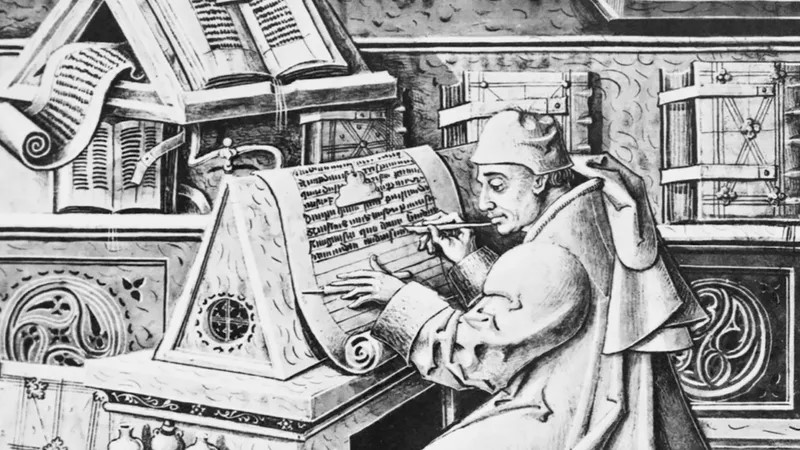
Gutenberg’s invention gave voice to a silent world
Before the printing press, books moved slowly. They were copied by hand, passed from one cloistered room to another, and read in silence by those who already had access to power. Then came Gutenberg. Not with armies, not with conquest, but with a press of wood and metal. A machine that turned letters into possibilities. His press invited ink to speak louder than kings.
The printing press renaissance changed everything. For the first time, words traveled faster than footsteps. Ideas spread across borders without needing a sword. Literacy was no longer a privilege; it began to resemble a right.
Among the many inventions of the Renaissance, the printing press did not just preserve knowledge. It allowed it to breathe. It printed protest, prayer, and poetry. It taught the world to speak in chorus.
The printing press helped society:
- Mass-produced books and written materials
- Spread literacy beyond the elite
- Accelerate the Reformation and scientific inquiry
- Preserve and share ideas across generations and geographies
The world did not change overnight. But page by page, it began to listen to itself.
2. The Telescope

A fragile lens shifted the center of everything
The sky was once a ceiling. Fixed. Familiar. Before the telescope, people believed what they were told. That Earth was the center, that the stars were perfect, and that the heavens followed rules written long before them. Then came a lens. Simple, narrow, and quiet. It cracked that certainty open.
Though the telescope existed earlier, it was Galileo who gave it purpose. He turned it upward and found chaos. The Moon had scars. Jupiter had moons of its own. The stars, once symbolic, were revealed as infinite.
These were not just scientific notes. There were fractures in an old story. The telescope pulled truth away from tradition and placed it into human hands.
Among the most powerful inventions of the Renaissance, it did not just help us see further. It made us smaller in the grand design. And yet, it also gave us wonder.
The telescope revealed:
- Moons orbiting Jupiter, not Earth
- The Moon’s cratered, imperfect surface
- A sky far less orderly than imagined
- A universe too vast to center around us
What Galileo saw changed how we locate ourselves, not in maps or scripture, but in distance, silence, and light.
3. The Microscope
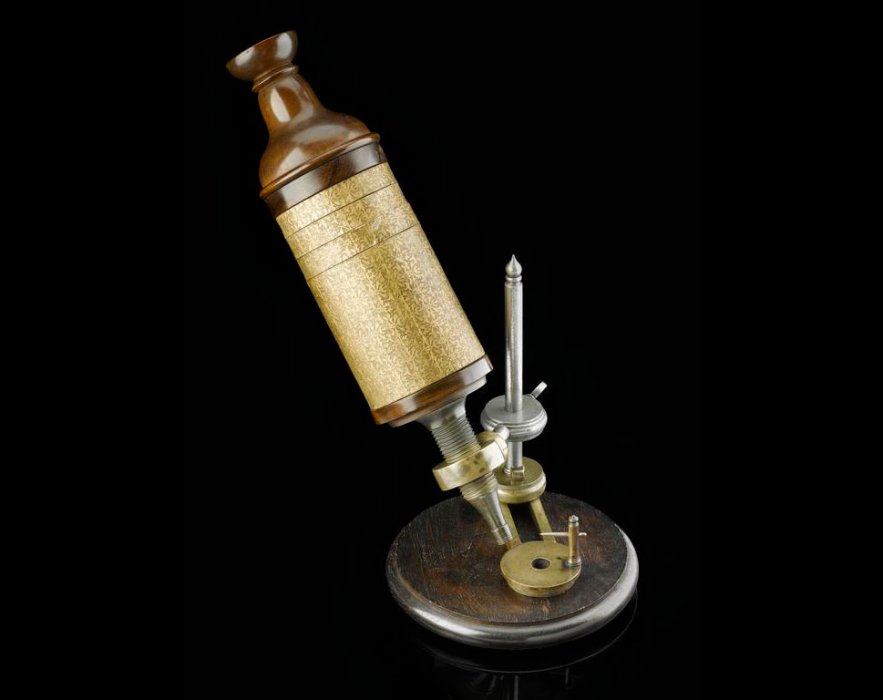
A small lens revealed the life we could not see
Before the microscope, we believed in what we could see and feared what we could not. Disease came and went like storms. Decay was a mystery, a quiet undoing no one could explain. The world ended where the eye lost focus.
In the late 1500s, Zacharias Janssen, a Dutch spectacle-maker, experimented with glass and light. By placing two lenses in a tube, he created something that did not just magnify. It uncovered.
Soon after, Antonie van Leeuwenhoek refined the invention. Through his lens, he saw water moving with tiny creatures. He found life where others saw only stillness.
The microscope offered no cure. What it offered was a vision. It allowed science to grow roots in the smallest spaces. What had been invisible began to reveal its patterns.
Among the quieter inventions of the Renaissance, this one did not expand our world. It turned inward and asked us to look again.
The microscope helped humanity:
- Understand how disease spreads
- Discover bacteria and protozoa
- Study cells, anatomy, and reproduction
- Begin the long journey of modern medicine
The microscope taught us to pause. To look longer. To question what we thought was empty. It is easy to celebrate the telescope for its grandeur, for turning our heads to the stars. But the microscope collapsed the sky into a drop of water and asked us to start smaller.
This Renaissance-era invention did not just change science. It changed our humility. It reminded us that the most powerful truths often arrive in the quietest forms.
4. The Mechanical Clock

A machine taught the world to tick in rhythm
Before the clock, time was a feeling. It passed with shadows, marked by church bells, hunger, or the light shifting through windows. It was not measured. It was noticed.
In the 14th century, mechanical clocks began to appear in European town squares and monasteries. Built with iron gears, weights, and escapements, they did not just tell time. They gave it shape. Suddenly, hours could be divided. Work could be scheduled. Life began to tick.
The invention of the mechanical clock changed more than routines. It transformed how humans understood their place in the world. No longer ruled only by nature or instinct, people now moved according to something precise, artificial, and unrelenting.
Among the practical inventions of the Renaissance, the clock was less romantic than a telescope and less revolutionary than a press. But its influence was everywhere.
The mechanical clock reshaped society by allowing us to:
- Regulate labor, productivity, and trade
- Organize public life through bells and hours
- Advanced scientific accuracy and experimentation
- Prepare for future technologies like navigation and calendars
It was also a shift in faith. Time was no longer divine. It was mechanical. It could be wound, counted, and controlled. People began to live by the hour. Cities rang with the sound of bells calling them to pray, to work, to pause. And slowly, this rhythm moved inward.
The clock became more than a tool. It became a metaphor. A way to describe bodies, minds, and even the universe. This was not just a machine that kept people on schedule. It was a machine that taught them to see themselves as part of something measurable.
Of all the inventions of the Renaissance, the mechanical clock is the one we still carry on our wrists and our walls. But more than that, we carry it in the way we speak, move, and think. It gave us a new sense of order. And in doing so, it quietly replaced wonder with structure.
5. The Flush Toilet
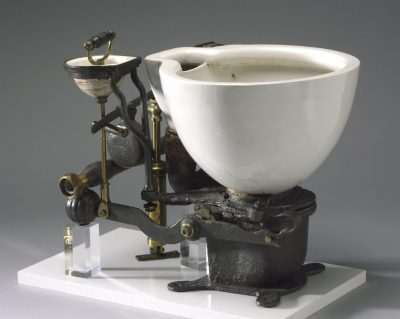
A silent invention made cities breathe again
The Renaissance gave us paintings, theories, instruments, and books. But it also gave us plumbing. In 1596, Sir John Harington, godson to Queen Elizabeth I, created a device he called the “Ajax.” It was a seat, a bowl, and a clever system of levers and water pressure. What it removed was not just waste, but the discomfort and disease that came with it.
The flush toilet did not spread as quickly as books or clocks. It needed infrastructure, planning, and patience. But its idea lingered. It returned centuries later with better pipes, cleaner systems, and a quiet promise: that hygiene could be designed.
Among the humbler inventions of the Renaissance, this one rarely gets remembered. It does not sit in museums. It does not appear in paintings. But it shaped cities from underneath.
The flush toilet helped societies:
- Improve public health and sanitation
- Reduce the spread of waste-borne diseases
- Encourage the design of sewage systems
- Change the architecture of homes and cities
Before it, people relied on cesspits, chamber pots, or open streets. Waste was piled in corners and was carried by the wind. Cities were dense with people but thin on cleanliness.
The flush toilet gave privacy a function. It separated the personal from the public. It allowed urban life to grow without becoming unbearable. This was not a glamorous invention. But it was essential.
Of all the inventions of the Renaissance, it is the one most used and least noticed. We do not think of it when we speak of progress, but every time we flush, we benefit from its legacy. And so, in tiled corners and silent rooms, the Renaissance lives on, not through light or learning, but through the simple relief of clean water and quiet dignity.
Where The Renaissance Still Lives
History often remembers the loudest moments—the revolutions, the battles, the names etched into stone. But progress is not always noisy. Sometimes, it begins in silence, with a page, a lens, or a gear.
The Renaissance did not just bring art to ceilings or symmetry to buildings. It changed the way humans understood themselves and their place in the world. And at its core were tools, not just of craft, but of clarity.
The printing press gave voice to knowledge. The telescope unsettled the heavens. The microscope introduced an entire unseen world. The mechanical clock carved time into order. The flush toilet, perhaps the quietest of all, brought dignity and structure to daily life.
These inventions shaped how we:
- Read, speak, and share
- Observe and question our place in the universe
- Study the life and understand the illness
- Work, plan, and measure what we do with our days
- Live together in cleaner, more humane spaces
These were not just technical shifts. They were philosophical. Among the many inventions of the Renaissance, each one was a kind of mirror, revealing more than what it showed. They redefined what it meant to see, to know, and to belong in a world suddenly wider and deeper than before.
Even now, they remain with us. The books we read, the hours we follow, and the questions we ask about the stars and the cells all trace back to this age of quiet transformation. We carry the Renaissance not in memory, but in motion. Not as a past we look back on, but as a foundation we continue to stand on. Quietly, it changed everything. And we are still living inside that change.

